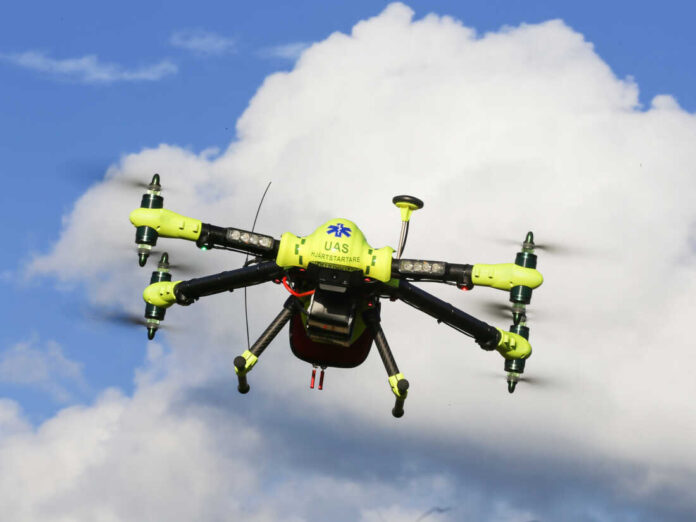Starting this September, Clemmons, North Carolina, will see an innovative approach to emergency medical response: drones equipped with automated external defibrillators (AEDs) will be dispatched to cardiac arrest incidents. This initiative, part of Forsyth County’s pioneering program, aims to enhance lifesaving treatment by reducing response times in critical situations where every second matters.
Key Developments
- Drone Deployment for Cardiac Arrests: Forsyth County’s program will utilize drones to deliver AEDs to cardiac arrest patients. This initiative reflects a growing trend in leveraging drone technology to expedite emergency medical services. The American Heart Association reports over 356,000 out-of-hospital cardiac arrests annually in the U.S., with a survival rate of only 10% due to delays in receiving immediate help.
- Research and Pilot Studies: Monique Anderson Starks, a cardiologist at Duke University, is leading pilot studies in Forsyth County and James City County, Virginia, to evaluate the effectiveness of drone AED delivery. Funded by a four-year American Heart Association grant, these studies aim to determine whether drones can improve treatment response times.
- Challenges and Expansion: While drone technology promises significant advancements, it faces hurdles. In Tampa, the deployment of drones for emergency responses has been limited due to operational challenges, such as adverse weather conditions. Despite this, the potential for drones in suburban areas is considerable, as they can navigate traffic congestion more effectively than traditional emergency vehicles.
Broader Applications and Regulatory Issues
- Diverse Uses for Drones: Beyond AED delivery, drones are being employed in various medical emergencies. The New York Police Department plans to use drones to drop emergency flotation devices to swimmers in distress, while Chula Vista, California, has utilized drones to locate and rescue individuals in dangerous situations.
- Regulatory Landscape: The Federal Aviation Administration (FAA) traditionally requires drones to be operated within the visual line of sight. However, recent legislation mandates the FAA to establish rules for Beyond Visual Line of Sight (BVLOS) operations. This development could expand the use of drones in emergency services but has raised concerns among civil liberties groups about privacy and surveillance.
- Privacy Concerns: Jay Stanley from the American Civil Liberties Union has expressed concerns that the FAA’s new rules might lack sufficient privacy protections, potentially leading to increased surveillance without adequate safeguards.
The introduction of drones for AED delivery in Clemmons, NC, represents a significant advancement in emergency medical response. While the technology offers promising benefits, it also faces challenges related to operational and regulatory issues. As drone use in emergencies expands, balancing efficiency with privacy concerns will be crucial.



